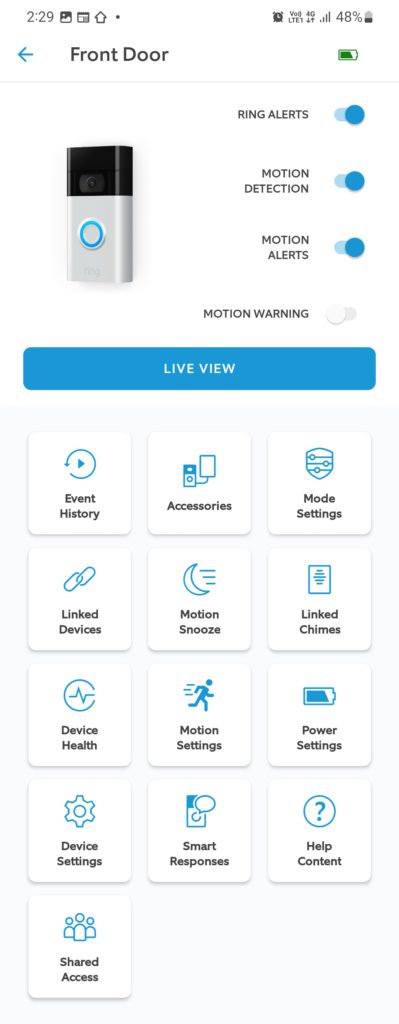Smart home technology has gained popularity for its convenience and security features, with the Ring Video Doorbell standing out as a top contender. However, the Ring’s functionality heavily relies on its subscription service. In this comprehensive one-year review, we will assess whether the Ring Video Doorbell remains a viable option without a subscription.
Understanding the Ring Video Doorbell
The Ring doorbell is a smart home device that provides video monitoring of your front door. With motion sensors, two-way audio, and remote access via a smartphone app, the Ring offers enhanced security and convenience.


The Subscription Dilemma
While the Ring Video Doorbell does offer some basic features without a subscription, it’s important to consider the limitations. Without a subscription, certain advanced features are disabled or significantly restricted, which can impact the overall user experience.


Ring protect-plans
| No subscription | Basic | Plus | |
| Cost | $0 | A$4.95/month or A$49.95/year | A$15/month or A$150/year |
| Video History | NA | 180 Days (Default 60Days) | 180 Days (Default 60Days) |
| Snapshot capture | NA | 7 days | 7 days |
| Extended warranty | NA | NA | Yes |
Lack of Video Storage
One of the main drawbacks of not having a subscription is the absence of cloud video storage. Subscribers can review and save recorded videos, ensuring access to them later. Without this feature, you lose the ability to review past events or provide evidence in case of an incident.
No Video History
Without a subscription, access to recorded video history is unavailable. This limitation hampers your ability to monitor past events or track suspicious activities over time.
Limited Customization Options
Subscriptions typically offer advanced customization options for motion detection, such as setting specific zones or sensitivity levels. Without a subscription, you are restricted to basic motion detection settings, which may result in frequent false alarms or missed events.
Reduced Support
Ring subscription plans often come with additional support and warranty coverage. Without a subscription, you may face limited access to dedicated customer support when encountering technical issues or requiring assistance.
The Value Proposition Without a Subscription
Despite the aforementioned limitations, the Ring Video Doorbell can still provide value without a subscription, depending on your specific needs and expectations.
Remote Communication
The two-way audio communication feature remains accessible even without a subscription. This allows you to communicate with visitors or delivery personnel through the Ring app, providing convenience and security.
Real-Time Notifications
Even without a subscription, you can receive instant alerts for doorbell presses on your smartphone, although motion notifications may be delayed. This feature ensures you stay informed about activity near your front door, even without access to past video recordings.


Deterrent Effect
The presence of a video doorbell alone can act as a deterrent to potential intruders or package thieves. The visual indication that their actions are being recorded may discourage criminal activities around your property.
In conclusion
The Ring Video Doorbell falls short in delivering its core functionality without a subscription. The essential features of video monitoring, motion notifications, and picture storage are hidden behind a paywall. While subscriptions can be added for advanced features like motion movie notifications, person/car/delivery package identification, and cloud storage, it is disappointing that the product’s primary capabilities require a subscription. For those who prefer to connect their smart devices to a local home assistant and prioritize secure and immediate responses, the Ring Video Doorbell may not be the ideal choice. This limitation makes it difficult to recommend the product to those who aim to build a local smart home ecosystem in the future.






Leave a Comment